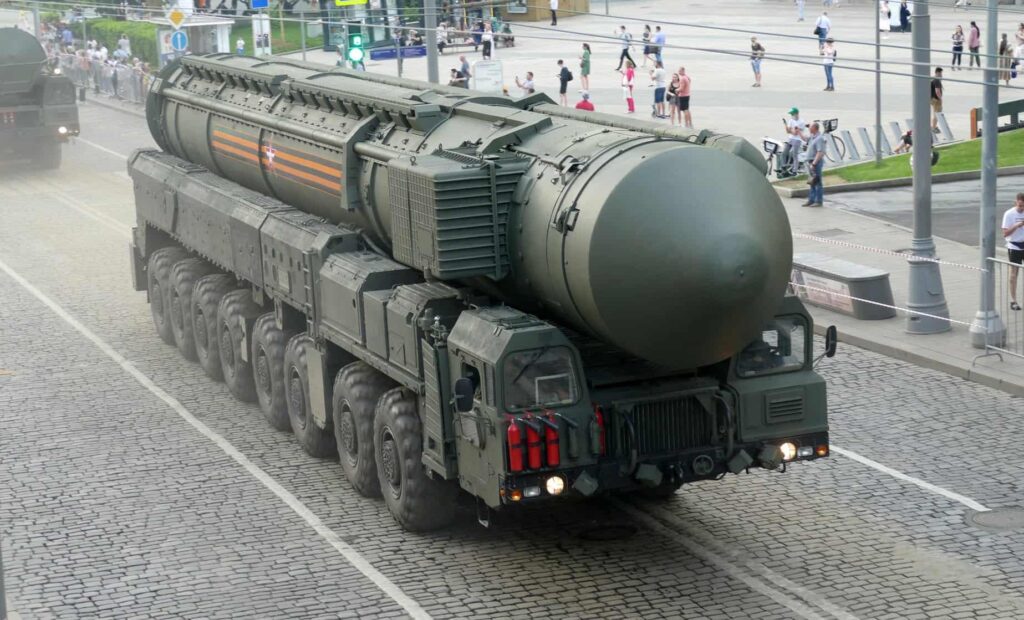Locals watch Lithuanian coast guard chasing Russian marine drone launched from Kaliningrad

Lithuania may have become the target of a Russian underwater drone, right off its own coast. In early August, near the resort town of Nida, the drone likely entered Lithuanian territorial waters from the direction of Russia, Delfi reports.
Locals noticed the unusual behavior of a border patrol boat. A coast guard vessel was seen chasing an unidentified object in the Curonian Lagoon, an area where active operations are rarely conducted.
Underwater provocation near Nida
Aistė Žalneraitienė, senior specialist at the State Border Guard Service, confirmed the incident: on 2 August, a suspicious object was indeed detected in the reported place and is currently being examined by the Criminal Investigation Department.
Preliminary assessments suggest the drone may have been launched from Russia’s Kaliningrad Oblast, which is one of the main hubs of Russian military activity near NATO borders.
“Gerbera” strikes again
This is not the first incident involving Russian unmanned systems in Lithuania. On 1 August, debris from a Gerbera drone, widely used in Ukraine’s war, was found at the Gaižiūnai military training ground in the Jonava District. The drone was likely launched from Belarus. The incident was confirmed by Lithuania’s Minister of National Defense, Dovilė Šakalienė.
A week earlier, another drone of the same type crashed near the closed Šumskas border checkpoint, almost directly on the Belarusian border.
In July, a Russian drone also violated Lithuanian airspace near Vilnius. It flew at an altitude of 200 meters and remained in Lithuanian airspace for about half an hour.
Following this series of violations, Lithuanian armed forces will implement additional security measures.
Earlier, Russia’s Foreign Intelligence Service Head, Sergey Naryshkin, warned that Poland and the Baltic states would be the first to suffer in the event of a war between Moscow and NATO. In 2025, Russia plans to train and station up to 150,000 additional troops in Belarus.
Read also
-
New Pentagon memo may put Ukraine aid on hold, as weapons may stay in US unless Trump says “go”
-
Ukraine, Poland, and Lithuania form new alliance to counter Putin’s weaponized historic narratives amid war of attrition
-
Bloomberg: US, Russia discuss deal to secure occupied Ukrainian territories for Russia
-
Russia spy chief warns NATO: Poland and Baltic States to “suffer first” in event of war

